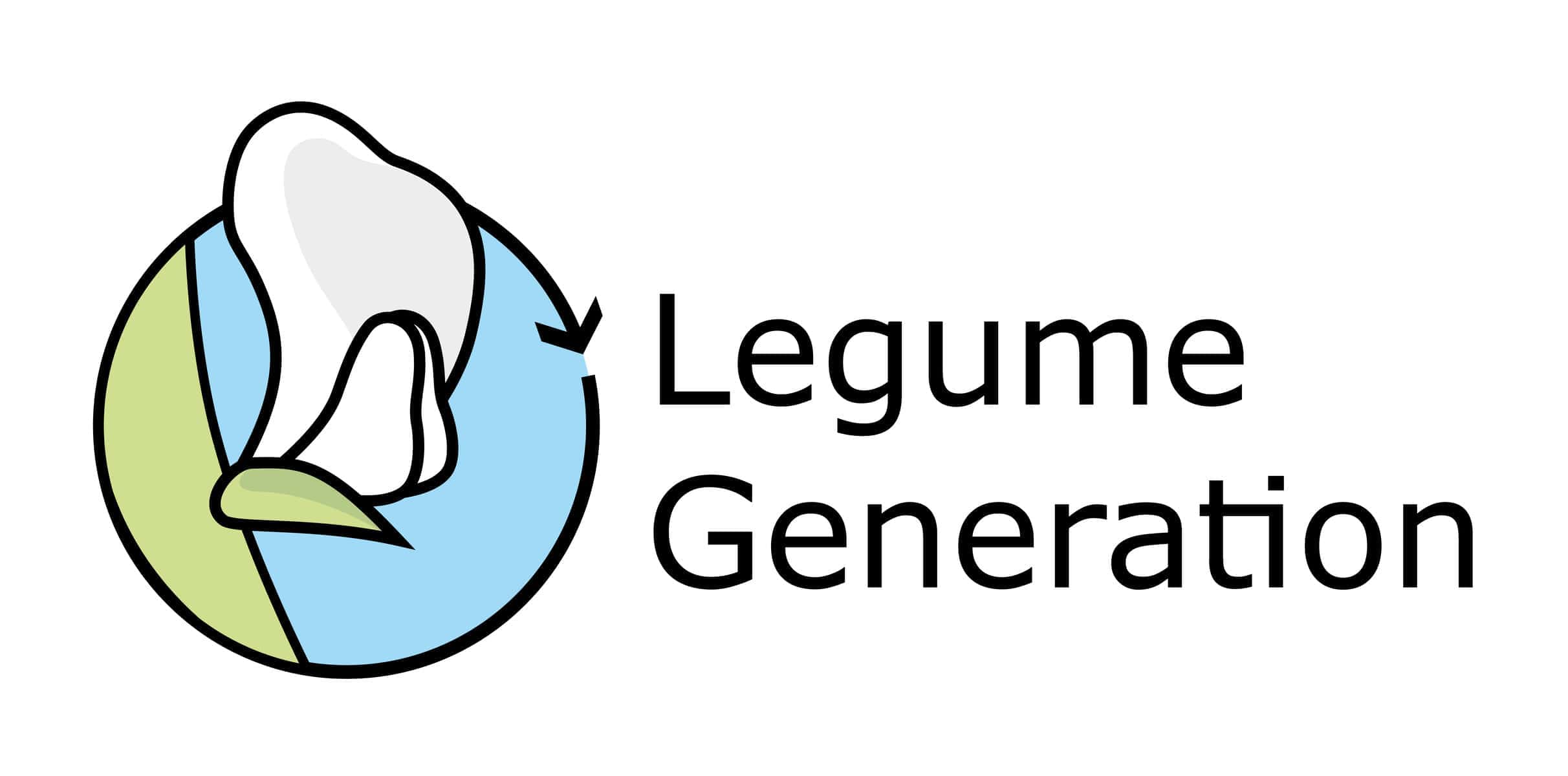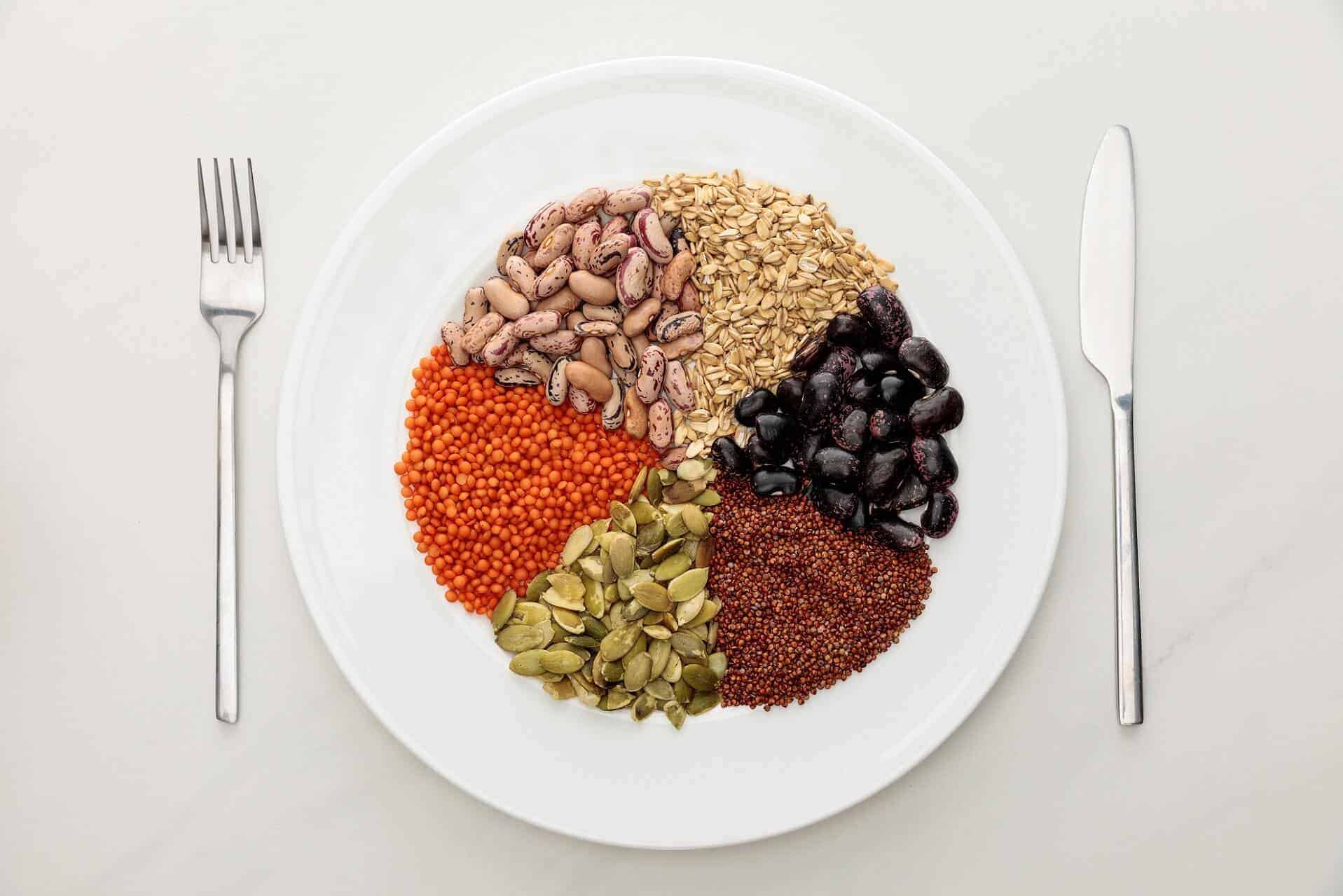Legume Generation: Working to Reduce the Protein Gap in Europe – vegconomist

According to agricultural experts, Europe needs better legumes so that farmers can meet the demand for plant protein and support a protein transition. Against this background, 50 scientists and plant breeders recently met at the Leibniz Institute for Plant Genetics and Crop Plant Research (IPK) in Gatersleben, Germany. They are members of the Legume Generation consortium, which recently received €7 million in funding from the European Union and the United Kingdom. The total value of the new project is 8.6 million euros.
The aim of the Legume Generation project, which runs from September 2023 to February 2028, is to reduce the European protein deficit by promoting the breeding of legumes that will make European agriculture more productive and profitable. The consortium is led by Dr. Lars-Gernot Otto at the IPK and Dr. Donal Murphy-Bokern, who is also scientific advisor to Donau Soja.
The Legume Generation consortium includes 32 partners from 16 countries, including New Zealand and the USA. They operate 40 breeding programs and pre-commercial breeding research for legumes. In the project, breeders join forces with Europe’s leading research institutions in this field to promote the breeding of soybeans, lupins, peas, lentils, common beans and clover. This supports the EU strategies “From Farm to Fork” and to support biodiversity.

“In the project, plant breeding is supported by our gene bank in order to use the potential of genetics for sustainable development in agriculture. Legumes are an essential part of sustainable agricultural systems and this project allows us to contribute to the development of improved varieties,” says Dr. Otto.
“We need to create new connections between leading European plant research institutions and plant breeders. The improvement of agricultural crops depends on this. We will transform the way legume breeders are supported by research, for the benefit of European farmers, the environment and our health,” concludes Dr. Donal Murphy-Bokern together for the coming years.
Legumes are good for health and the environment
Given the climate crisis, the decline in biodiversity and the benefits of plant-based foods, plants from the legume family are good for health and the planet, according to experts. Grain legumes bind nitrogen from the air and provide us with the protein-rich seeds that are important for a healthy and sustainable diet. Increasing production in Europe is making agricultural systems more diverse, resilient and sustainable. Legume flowers are also a source of pollen food for insects. The types of clover are also very valuable for sustainable grassland management.

Closing the protein gap in Europe
Despite all the advantages and the need to change the way protein is produced and used, legumes are relatively rarely grown by European farmers, accounting for only 2-3% of the cultivated area. This is partly because private investments in legume breeding are not very profitable.
The Legume Generation consortium is addressing this problem by creating new structures for collaboration between legume breeding and public research. It places six species-specific innovation communities at the heart of legume improvement efforts. Each innovation community will bring together genetic resources, expertise in data management, genetics and testing for the benefit of breeders and focus on breeding their plant species.
European agriculture is dominated by starch-rich grains, much of which is used for animal feed. This promotes a diet rich in animal foods. This highly productive agricultural system, with a large livestock sector in the EU and UK, uses around ten million tonnes of nitrogen fertilizer (from natural gas) and the equivalent of around 35 million tonnes of protein-rich soy, most of which is imported. The resulting environmental problems are largely due to the fact that many Europeans consume animal foods in quantities that far exceed public dietary recommendations.

Protein consists of around 16% nitrogen. A very large part of it is lost when feeding animals. Therefore, high consumption of animal foods leads to a variety of nitrogen problems (nitrate, ammonia and nitrous oxide), which pose a challenge to the sustainable development of agricultural and food systems. In addition, the high demand for land blocks other uses such as the restoration of natural areas and it directly or indirectly drives changes in land use (e.g. deforestation). In addition, the agricultural and food system is vulnerable to shocks caused by conflict.
Increasing legume cultivation in Europe is part of a two-pronged solution. It diversifies crop production and reduces dependence on nitrogen fertilizer. At the same time, increasing the production of grain legumes for food is in line with the growing demand for protein-rich plant-based foods.
Further information: www.legumehub.eu/legume-generation/




